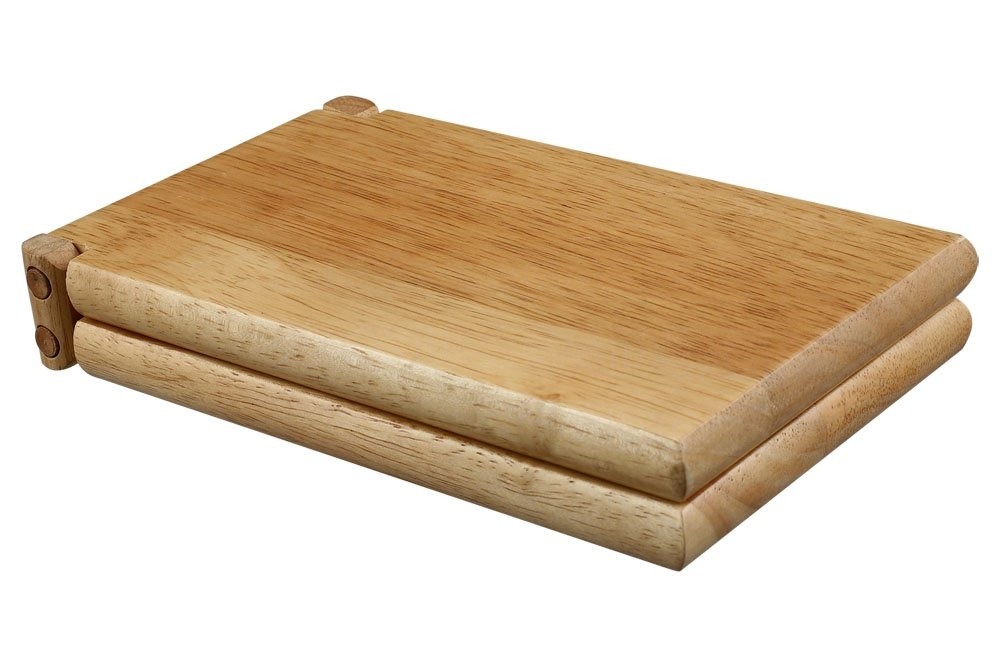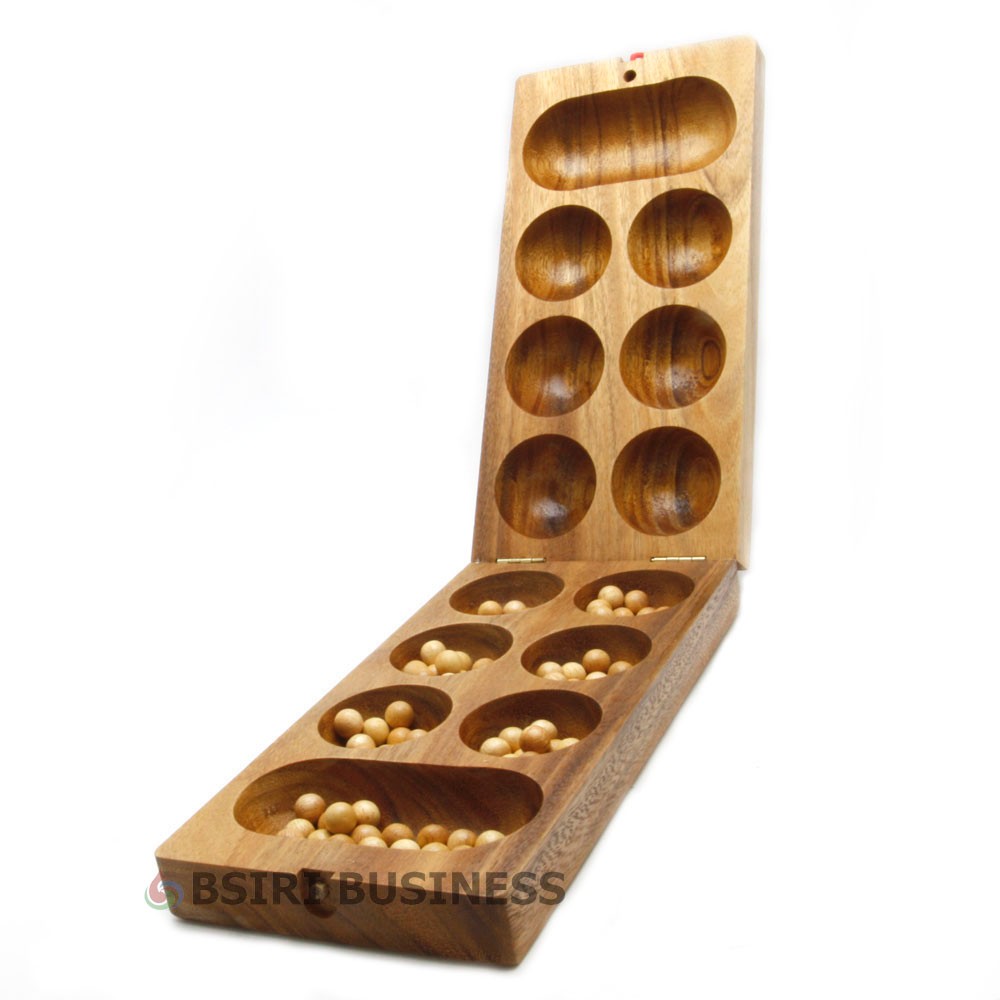

The patina on this game board shows wear from extensive use the board has good age. The form is that of a crocodile with a toothy, fearsome grimace. Please look carefully at the pictures which may also reveal condition and damage.Īdditional Information: A four-legged wooden game board with twelve pits. We examine each piece carefully when we receive it and report any damage we find in our listings. Small splits, scrapes and cracks are a normal part of their patina attesting to their age and extensive use. Most of our pieces have spent decades on at least two continents, and have been treasured by several owners. Indiana University, Bloomington IN (USA) 1990.OVERALL in GOOD CONDITION. Sculptured Mancala Gameboards of Sub-Saharan Africa (Ph.D. Mancala Game Boards as African Emblems of Status.

In: Bulletin Association des Amis du Musée Barbier-Mueller 1986 32 : 1-6. A Sculptured Mancala Gameboard Terminating in a Carved Human Head from Liberia in the Barbier-Mueller Museum. Roman Game Boards from Abu Sha'ar (Red Sea Coast, Egypt).

Institut für Vergleichende Kulturforschung / Fachgebiet Völkerkunde, Philipps-Universität Marburg, Marburg (Germany) 2003. Mancala, Wari, Awélé - ein Brettspiel aus Ghana (Seminararbeit). British Museum Press London (England) 1997. de Changing Objects: Aesthetic Qualities of Mancala Boards. The "Clam Shell Board Game System" (excellent for making your own boards).Mancala Boards of the Elliot Avedon Museum & Archives (Waterloo, Canada).Mancala Boards of the British Museum (London, England).In this context, de Voogt pointed to the life cycle of wooden boards, which change as they are smoothened by endless play, the holes widened, the surface scarred until they disintegrate. The aethetic qualities of mancala boards were discussed by Alexander Johan de Voogt and Roslyn A. Its simple design has led researchers to assume a much older age of the game than it could be proved by archaeological findings. Other important collections are in the Musée du Quai Branly (Paris - over 40 boards) and in the American Museum of Natural History (New York - at least 25 boards).Ī mancala board is composed of rows of holes and sometimes stores. The largest collection is in the British Museum (London), which has 119 boards. The more elaborate and colourful boards are prestige objects not only in indigenous societies, but also in the west, where they can be seen in ethnographic collections. In Zambian villages, large boards are communally used in meeting houses. In pastoral or nomadic societies, boards are often just dig into the earth. According to the boardgame researcher de Voogt, the choice largely depends on cost, aesthetic considerations, ritual implications or practical issues such as portability and the material’s availability. Mancala boards are made of a wide range of materials such as wood, stone, clay, metal, ivory, palm ribs, plastic, cardboard, and even dried cowdung. Often these artifacts are all what remains of a game after its rules have been forgotten, which is true not only for the early Ethiopian boards, but also for gameboards found in Andalusia and Germany (Castle Weikersheim). A fragment of a pottery board in Aksumite Ethiopia in Matara (now in Eritrea) is dated by archaeologists as of between the 6th and 7th century AD. The oldest board was excavated in Abu Sha'ar, a late Roman legionary fortress on the Red Sea coast, Egypt, which is from the 4th century AD. A mancala board is used for playing mancala games.


 0 kommentar(er)
0 kommentar(er)
